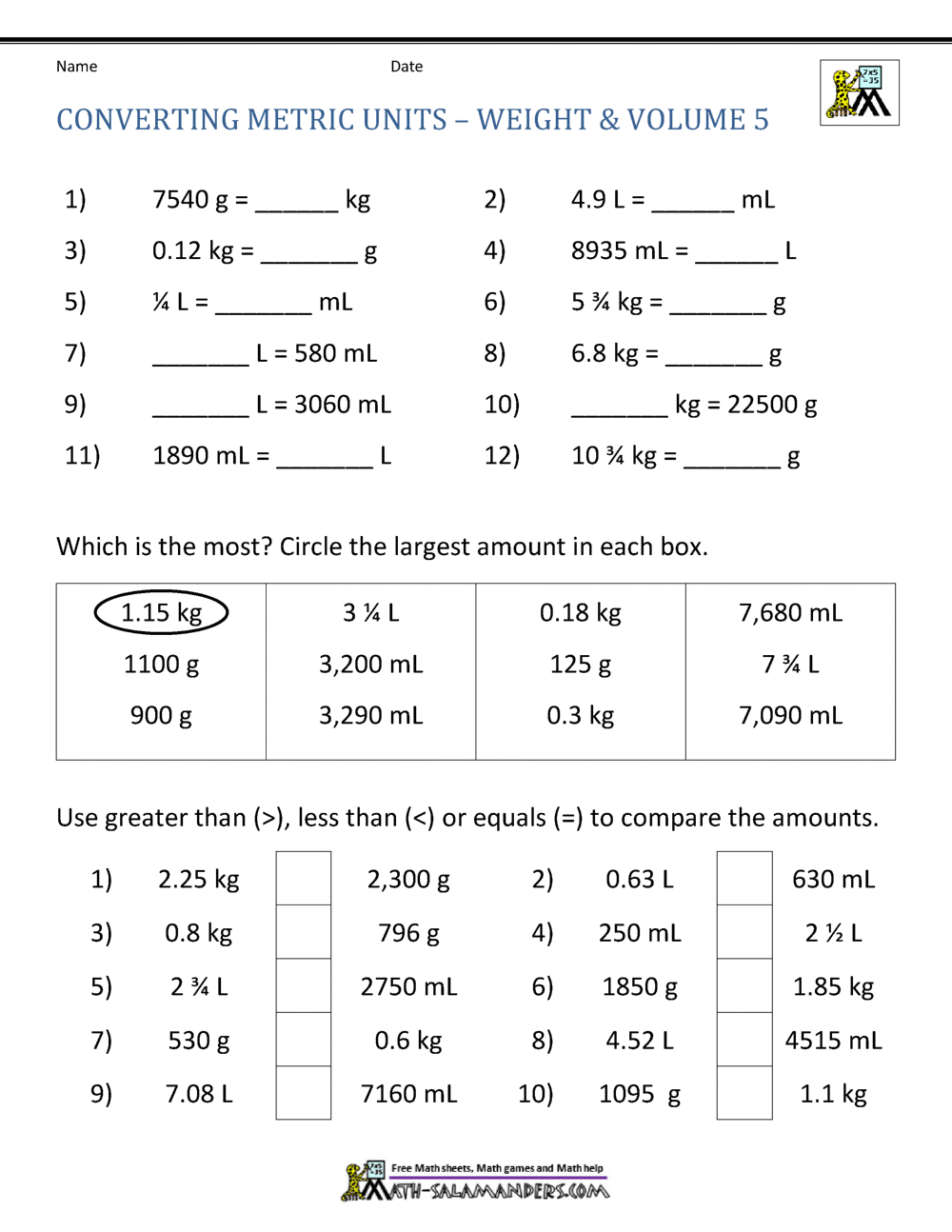Excitement About Inches To Centimenter
Wiki Article
Facts About Inches To Centimenter Uncovered
Table of ContentsInches To Centimenter Things To Know Before You Get ThisGet This Report on Inches To CentimenterLittle Known Facts About Inches To Centimenter.An Unbiased View of Inches To CentimenterThe Ultimate Guide To Inches To Centimenter
This treatment for establishing the needed conversion aspect corresponds specifically to Jeremy's hand-operated technique: "To figure out an unit conversion variable, set the parameter worth to 1 in the interface, then establish the value returned by the API; this will provide you the precise conversion factor in between both." Better, we can really have Revit transform that worth to a very various set of devices of step.That conversion is done making use of the As, Value, String method. If you explore the example code you will probably get some even more insights into exactly how Revit jobs with parameters as well as devices of measure.
To transform between units, you're typically provided one procedure and asked to convert to an additional action. You'll be offered some quantity in "gallons" and also be asked to transform the quantity to "fluid ounces". They will certainly have offered you (otherwise you can conveniently locate) the conversion devices that are ideal to the task.
To convert from one unit to another, here's the really simple regulation: mosting likely to smaller sized devices meansgoing to larger numbers, so increase mosting likely to bigger units meansgoing to smaller numbers, so separate Quarts are smaller sized than gallons; every gallon has 4 quarts. Considering that I'm transforming from a bigger device (gallons) to a smaller sized system (quarts), my answer needs to be a bigger number.
7 Simple Techniques For Inches To Centimenter
Given that I'm converting from a smaller sized unit (backyards) to a bigger system (miles), my response requires to be a smaller number.!! The above are instances of one-step conversions in between systems of the very same kind; namely, Imperial systems.
Note: I'm not speaking below about numbers "terminating out", like when you're multiplying fractions. Instead, I'm speaking about treating the units (" feet", "cubic centimeters", "secs", and so on) as though they were numbers, as well as terminating them. inches to centimenter. Among these dimensions is in regards to "miles per hr" and also the various other remains in regards to "meters per second".
Yet these factors offer connections, one method or an additional, in between "seconds" as well as "hours" as well as between "miles" as well as "meters", so they'll obtain the task done. To contrast these two rates of speed, I need them to be in the same units. Turning a coin, I make a decision that I'll transform the "80 miles per hr" to "meters per second".
Inches To Centimenter for Beginners
I desire "hours" to terminate off (for "seconds", ultimately), so the conversion element for hours and also minutes required to have "hrs" on top. That implied that "60 mins" needed to be beneath. Which determined the alignment of the next factor: Given that "60 mins" was below as well as because I 'd need "mins" to cancel at some factor, you can look here then the "1 minutes" (from the conversion factor for mins as well as seconds) needed to get on top.And also considering that I'm desiring a final solution of "per seconds", I desire the seconds beneath, so this functions out just. Similarly, what they provided me has "miles" ahead so, in the "1 mile to 5280 feet" conversion variable, I need the "miles" under, so it terminates off.
In the "1 foot to 12 inches" conversion variable, I'll need the "foot" on the bottom; this will certainly put the "inches" on top. The "1 inch to 2. 54 centimeters" conversion factor will require the "inch" under, leaving anchor the "centimeters" on top. The last conversion aspect is "100 centimeters to 1 meter"; given that "centimeters" in the previous aspect got on top, then I'll need "centimeters" on the base, leaving the "meters" ahead.
Forty is even more than thirty-six, so: 40 meters per secondly is faster than 80 miles per hour. Associate This method of converting systems can in fact be fairly useful: it got me with a chemistry course! I really did not have a clue what the instructor was discussing, however on the examination inquiries he offered just the exact information needed, and if I set up whatever so the systems terminated, I always got the best response.
Some Known Incorrect Statements About Inches To Centimenter
Terminating units (also referred to as "device analysis" or "dimensional analysis") is based upon the principal that multiplying something by "1" does not alter the value, that any kind of value divided by the very same value equates to "1", and that (for the objectives of transforming between devices) a conversion aspect (shared as a portion, as shown over) is considered as having a value of "1".0 Jan 2001 First public release. Much of our customers have written to us to inform us that Uconeer is the most effective design device conversion calculator they have actually ever made use of. However obviously, what is finest for you will rely on your demands. Uconeer was developed for design, technical as well as scientific customers who require frequent, exact, reputable and constant conversions of the practical systems and also measurements that they use on a daily basis.
If you are this sort of user then we are positive that Uconeer will certainly be the best for you.

Some Ideas on Inches To Centimenter You Should Know
In everyday activities, we connect see here with many forms of measurements. That is why we need an unit converter to help is in estimations. Since everything has a worth, individuals have actually designed a means of measuring them to fulfill monetary or high quality requirements. This quantification procedure is carried out in units. A device is the procedure of amount to provide value to matter.Report this wiki page